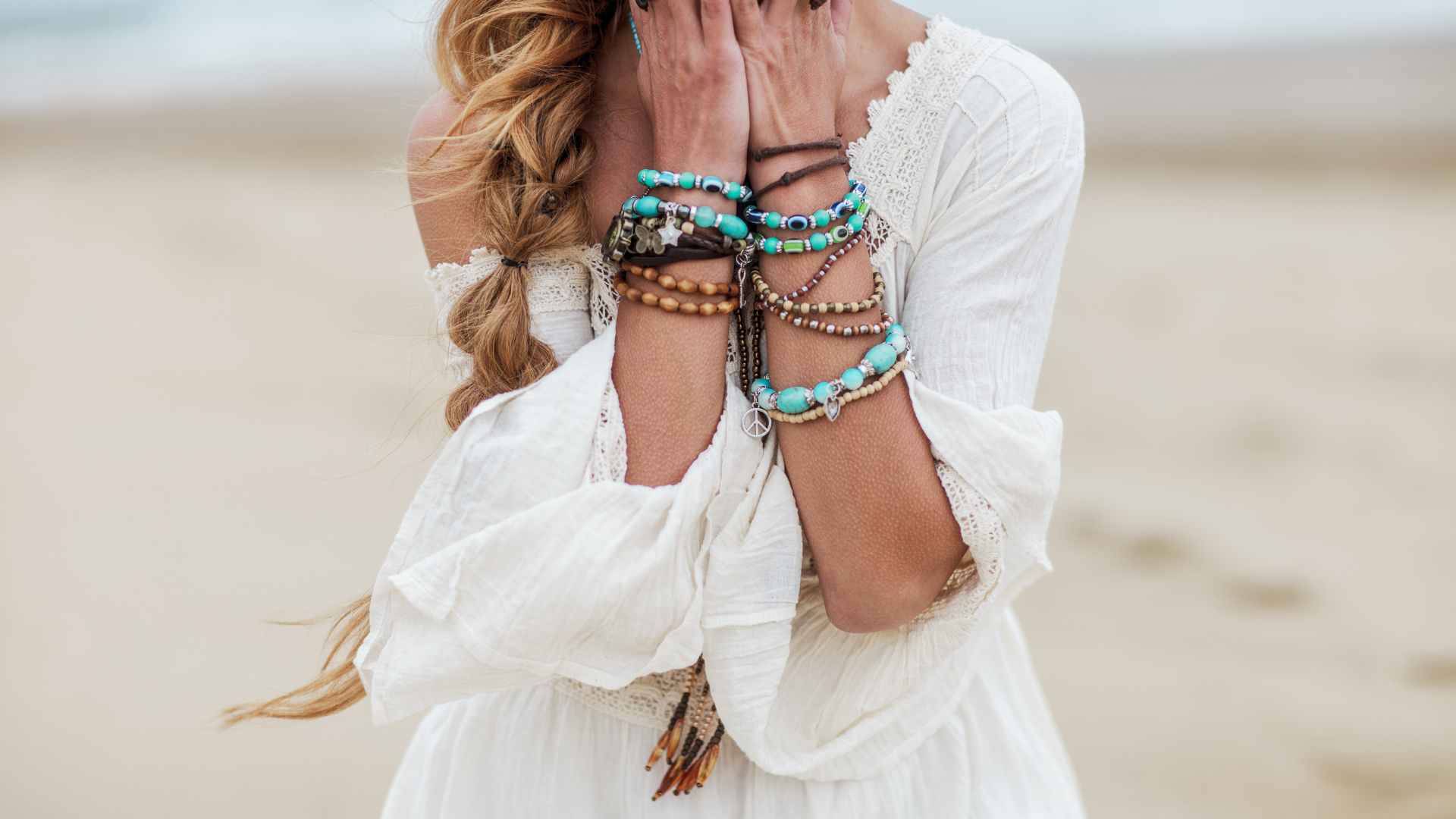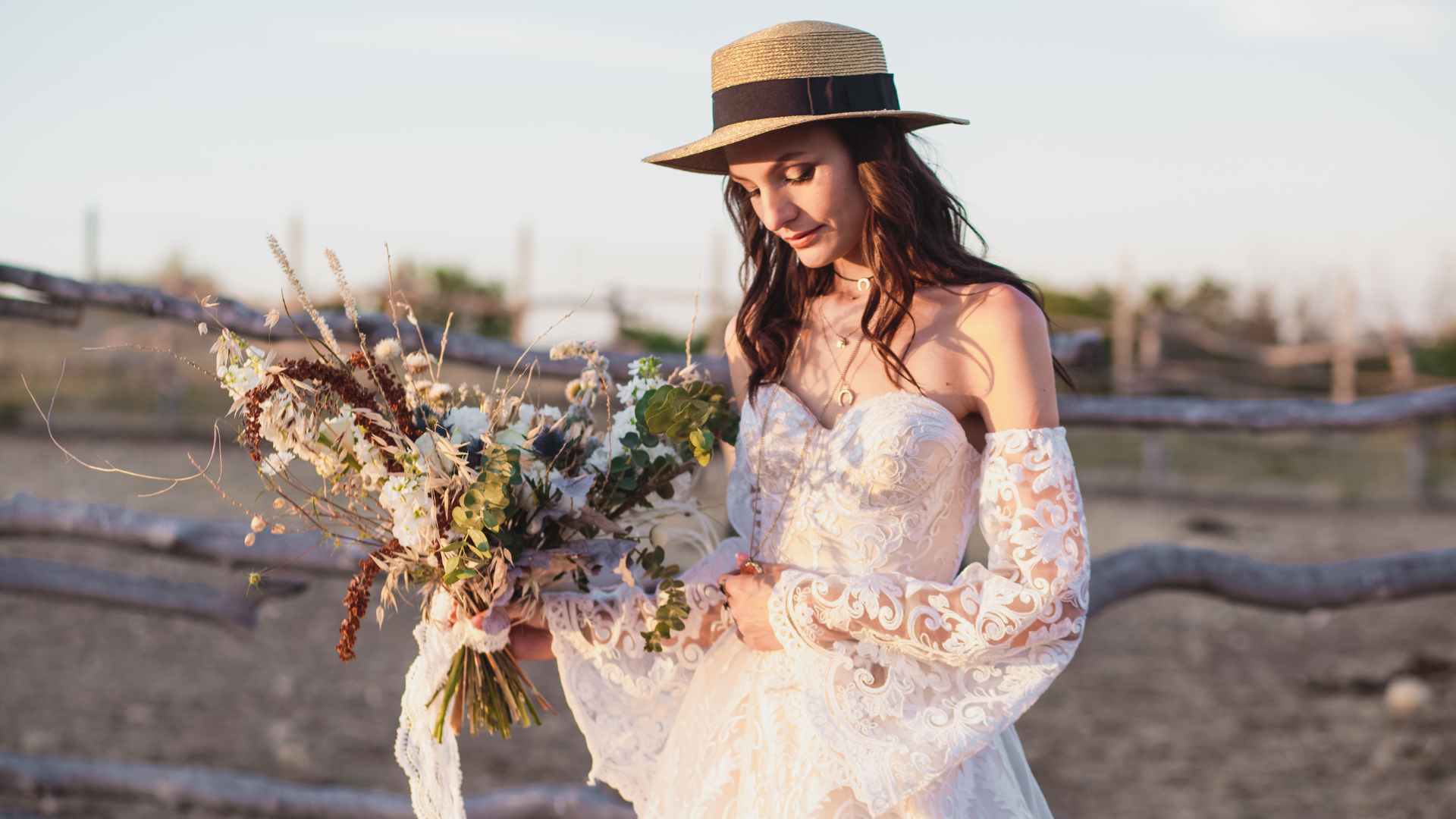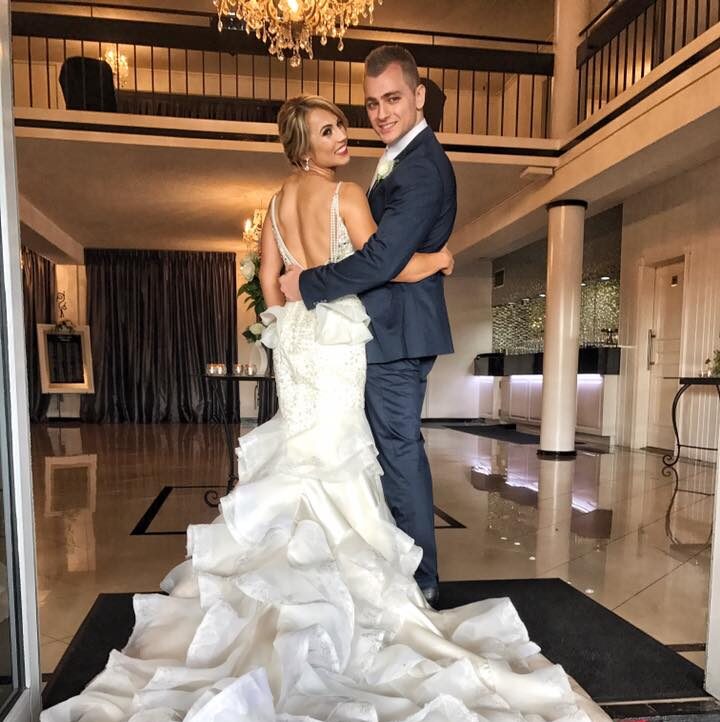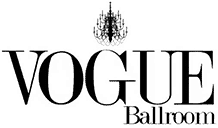The fashion industry continually evolves, with trends making cyclical comebacks. Recently, both hippie and bohemian (boho) styles have seen a resurgence, gaining popularity on runways and in everyday fashion. However, while these two styles may share a free-spirited ethos, they are distinct in their origins, cultural significance, and the way they are expressed through fashion. In this article, we’ll explore the differences and similarities between these two iconic styles, knowing their history, key elements, and their connection to contemporary weddings.
The Origins of Hippie and Boho Styles
The Hippie Movement: A Political Statement
Hippie fashion emerged in the 1960s as part of a broader countercultural movement that challenged mainstream societal norms. Originating in the United States, particularly in areas like San Francisco and New York’s Greenwich Village, the hippie movement was deeply rooted in political activism. The Vietnam War, civil rights struggles, and a general disillusionment with the establishment fueled the rise of this subculture.
Key Characteristics:
- Unisex clothing, promoting gender equality.
- Vivid colours and bold patterns as a form of self-expression.
- Long hair, often adorned with flowers or headbands.
- Flared jeans, sandals, and tie-dye shirts.
- A focus on natural materials, such as cotton and hemp.
Hippie fashion was not just about aesthetics; it was a form of protest. The clothing choices of hippies were a direct challenge to the status quo, symbolising a rejection of consumerism, war, and societal expectations.
Bohemian Fashion: A Celebration of Artistic Freedom
In contrast to the politically charged hippie movement, bohemian fashion has roots in the artistic communities of 19th-century Europe. The term “bohemian” was originally used to describe unconventional artists, writers, and performers who lived outside societal norms. Boho style evolved from this spirit of artistic freedom and individualism.
Key Characteristics:
- Flowing, loose-fitting clothing that emphasises comfort and ease.
- A mix of vintage and ethnic-inspired patterns.
- earthy, natural colours like browns, greens, and soft pastels.
- Accessories such as layered necklaces, chunky bracelets, and wide-brimmed hats.
- A focus on handcrafted, artisanal items, often with a vintage or antique feel.
Unlike hippie fashion, boho style is not rooted in political protest but in a lifestyle that values creativity, self-expression, and a connection to nature. It is inherently feminine, celebrating the beauty and individuality of women through its unique, eclectic aesthetic.
Distinctions Between Bohemian and Hippie Styles
Fashion vs. Lifestyle
While boho and hippie fashions have certain things in common, boho is more about encouraging a more romantic appearance and a more nomadic way of living. Hippie and boho fashions both attempt to break away from conventional dress. While both boho and hippie styles are rooted in a rejection of mainstream culture, their motivations differ significantly. Hippie fashion is deeply intertwined with the political and social movements of the 1960s, making it as much a statement of protest as it is a style choice. In contrast, boho fashion is more about celebrating individuality and creativity, with less emphasis on political activism.
Key Differences:
- Motivation: Hippie fashion is politically driven, while boho fashion is artistically motivated.
- Gender: Hippie fashion is unisex, promoting equality, whereas boho fashion is distinctly feminine.
- Expression: Hippie fashion is a protest against the establishment, while boho fashion is a celebration of artistic freedom and individuality.
Cultural Impact
The cultural impact of these two styles also differs. The hippie movement had a profound influence on mainstream society, leading to lasting changes in attitudes toward environmentalism, drug use, and sexual freedom. Many of the values promoted by the hippies have been absorbed into mainstream culture, even as the fashion itself has evolved.
Boho style, on the other hand, has always been more niche, appealing primarily to those who value creativity and self-expression. While it has certainly influenced mainstream fashion, especially in recent years, it remains a style that is more about personal expression than societal change.
Bohemian and Hippie Styles in Contemporary Fashion
The Modern Hippie Style
Today, hippie fashion is more than just a throwback to the 1960s; it has evolved into a lifestyle choice for those who embrace its values. Modern hippies are often associated with environmentalism, sustainable living, and a focus on personal freedom. This is reflected in their clothing choices, which continue to prioritise comfort, natural materials, and a relaxed, unstructured look.
Modern Hippie Fashion:
- Sustainable, eco-friendly fabrics like organic cotton and recycled materials.
- Earth tones and muted colours, often inspired by nature.
- minimalist, functional designs that emphasise comfort over style.
- A continued love for vintage and second-hand clothing, promoting sustainability.
- Accessories that are meaningful, such as crystals, beads, or symbols of peace and love.
The Boho Chic Trend
Boho chic has become a major trend in recent years, especially in the wedding industry. The romantic, whimsical nature of boho style makes it a popular choice for brides who want a wedding that feels personal, intimate, and connected to nature. Boho weddings often feature elements like wildflowers, rustic decor, and outdoor settings.
Boho Chic Wedding Essentials:
- Flowing, ethereal wedding dresses made from lace, chiffon, or tulle.
- Floral crowns, often made from fresh flowers, to replace traditional veils.
- Natural, understated makeup and loose, wavy hairstyles.
- Rustic, handmade decorations such as wooden signs, mason jars, and fairy lights.
- A focus on sustainability, with eco-friendly invitations, catering, and favours.
Incorporating Boho and Hippie Elements into Weddings
Boho Weddings: A Natural, Romantic Choice
Boho weddings are characterised by their natural, romantic aesthetic, making them a popular choice for couples who want a wedding that feels personal and unique. These weddings often take place in outdoor settings, such as gardens, forests, or beaches, and feature decor that is rustic, handmade, and connected to nature.
Boho Wedding Elements:
- Venue: Outdoor settings such as gardens, forests, or beaches.
- Decor: Rustic, handmade items like wooden signs, mason jars, and wildflowers.
- Attire: Flowing, ethereal dresses, often with lace or floral details.
- Hair and Makeup: Natural, understated looks with loose, wavy hairstyles.
- Accessories: Floral crowns, layered necklaces, and chunky bracelets.
Hippie Weddings: A Celebration of Freedom
Hippie weddings are less common but are a great choice for couples who want to celebrate their love in a way that is free-spirited and untraditional. These weddings often incorporate elements of the 1960s counterculture, such as tie-dye, peace symbols, and a focus on love and community.
Hippie Wedding Elements:
- Venue: Communal settings, such as parks or community centres.
- Decor: Bright, colourful decorations with a DIY feel, including tie-dye and peace symbols.
- Attire: Casual, comfortable clothing, such as flowing dresses or bell-bottom jeans.
- Hair and Makeup: Natural looks, often with long, loose hair adorned with flowers.
- Accessories: Beaded jewelry, headbands, and other symbols of peace and love.
Conclusion
Both bohemian and hippie styles offer a unique way to express individuality and creativity, whether in everyday fashion or on a special occasion like a wedding. While they share some similarities, they are distinct in their origins, cultural significance, and the way they are interpreted today. Whether you’re drawn to the politically charged, free-spirited nature of hippie fashion or the romantic, artistic vibe of boho style, both offer endless possibilities for self-expression and personal style.
FAQs About Boho and Hippie Weddings
What Is The Difference Between Boho And Rustic Weddings?
While boho and rustic weddings both embrace a natural, earthy aesthetic, they differ in their overall vibe. Rustic weddings are more about simplicity and a connection to nature, often featuring neutral colors and organic materials. Boho weddings, on the other hand, are more eclectic and whimsical, with a focus on creativity and artistic expression.
Can You Combine Boho And Hippie Elements In A Wedding?
Yes, many couples choose to combine boho and hippie elements in their weddings, creating a celebration that is both romantic and free-spirited. This might include a mix of boho chic decor, like floral crowns and lace dresses, with hippie-inspired elements, such as tie-dye or peace symbols.
What Colours Are Popular For Boho Weddings?
Popular colours for boho weddings include earthy tones like browns, greens, and soft pastels. Bright, vibrant colors can also be incorporated, especially if you’re blending boho and hippie styles. Think amethyst, turquoise, and jade for a more colourful boho aesthetic.
How Do I Incorporate Boho Style Into My Wedding If My Venue Is Not Outdoors?
If your wedding venue is indoors, you can still incorporate boho elements by bringing the outdoors in. Consider using natural materials like wood, greenery, and flowers in your decor. You can also create a boho atmosphere with soft lighting, such as string lights or candles, and by using flowing fabrics like lace or chiffon in your table settings, drapery, and seating areas. Incorporating boho-style accessories, like macramé hangings or vintage rugs, can also help transform your indoor space into a boho haven.
Are There Specific Types Of Music That Suit Boho Or Hippie Weddings?
Music plays a crucial role in setting the tone for both boho and hippie weddings. For a boho wedding, consider folk, indie, or acoustic music, which complements the romantic, earthy vibe of the celebration. Artists like Fleetwood Mac, The Lumineers, or Mumford & Sons could be great choices. For a hippie wedding, you might want to include music from the 1960s and 1970s, such as The Beatles, Janis Joplin, or Jimi Hendrix, to capture the free-spirited, rebellious essence of the era. Live bands that play these genres can also add an authentic touch to your wedding atmosphere.




